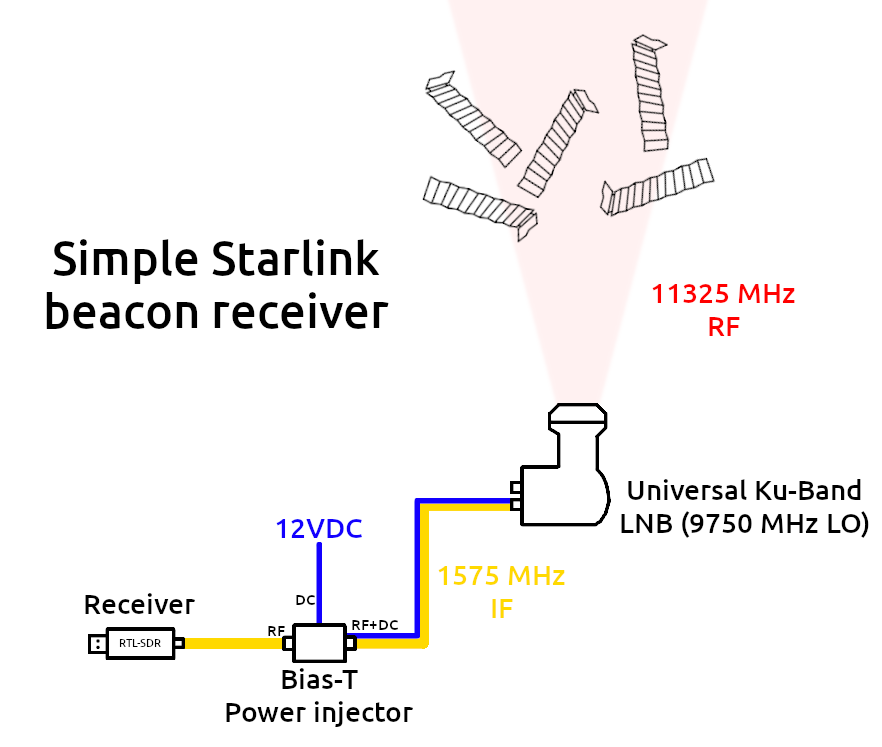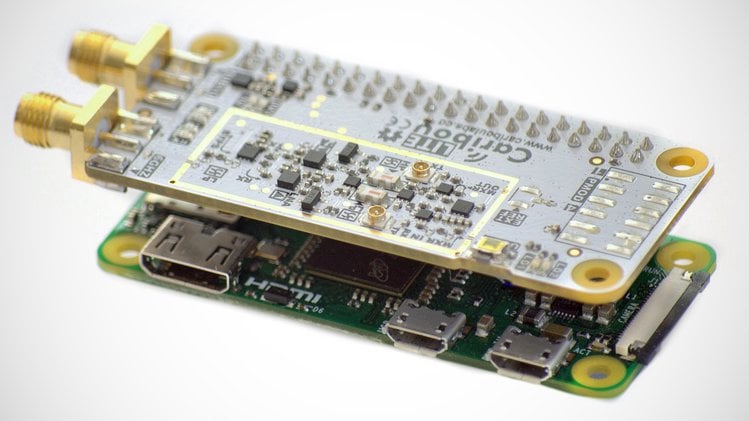Multichannel ALE and GMDSS Decoding with Black Cat Systems Software
Black Cat Systems have recently released two new programs that may be of interest to HF monitoring enthusiasts. The first is a multichannel capable ALE decoder and the second is a multichannel GMDSS-DSC decoder. Both programs are not free, with an (introductory) price tag of $29.99 each for three parallel input channels, and $99 for up to 24 parallel input channels.
With an appropriate HF capable SDR, like a SDRplay, Airspy HF+ Discovery, or even an RTL-SDR V3 in direct sampling mode, these programs allow you to set up a home monitoring station.
ALE or Automatic Link Establishment is a digital RF protocol that enables users to initiate a reliable call over HF frequencies, by automatically choosing the best frequency based on propagation conditions, allowing for telephone like calling operation, and enabling short text messages.
GMDSS or Global Maritime Distress and Safety System is a set of radio protocols that enables digital text communications between ship to ship and the shore, as well as weather broadcasts, and distress beacons.
Over on his blog Nils Schiffhauer (DK8OK) has been testing these two programs out. In his first post about the ALE decoder, Nils explains ALE in more depth, and demonstrates how he uses the multi-channel capable SDR-Console with Virtual Audio Cable to feed 16 ALE channels into the decoder. He goes on to show how to filter by callsign and provides some tips for best reception. He notes that with ALE you might receive messages from:
... forces, diplomatic services, emergency agencies, police, militia, UN missions, drug enforcement, border control and even amateur radio. It is used from aircraft like AWACS, as from aircraft carriers, from mobile units to fixed stations.
In his second post Nils tests out the GMDSS decoder noting that it is an "extraordinary sensitive decoder" and "it also includes smart processing of the data – from looking up vessel’s complete data from ITU’s Ship Station List (internet connection needed) to saving all data to a fully-fledged database". His post goes on to explain the GMDSS format in more detail and demonstrate multichannel decoding.







